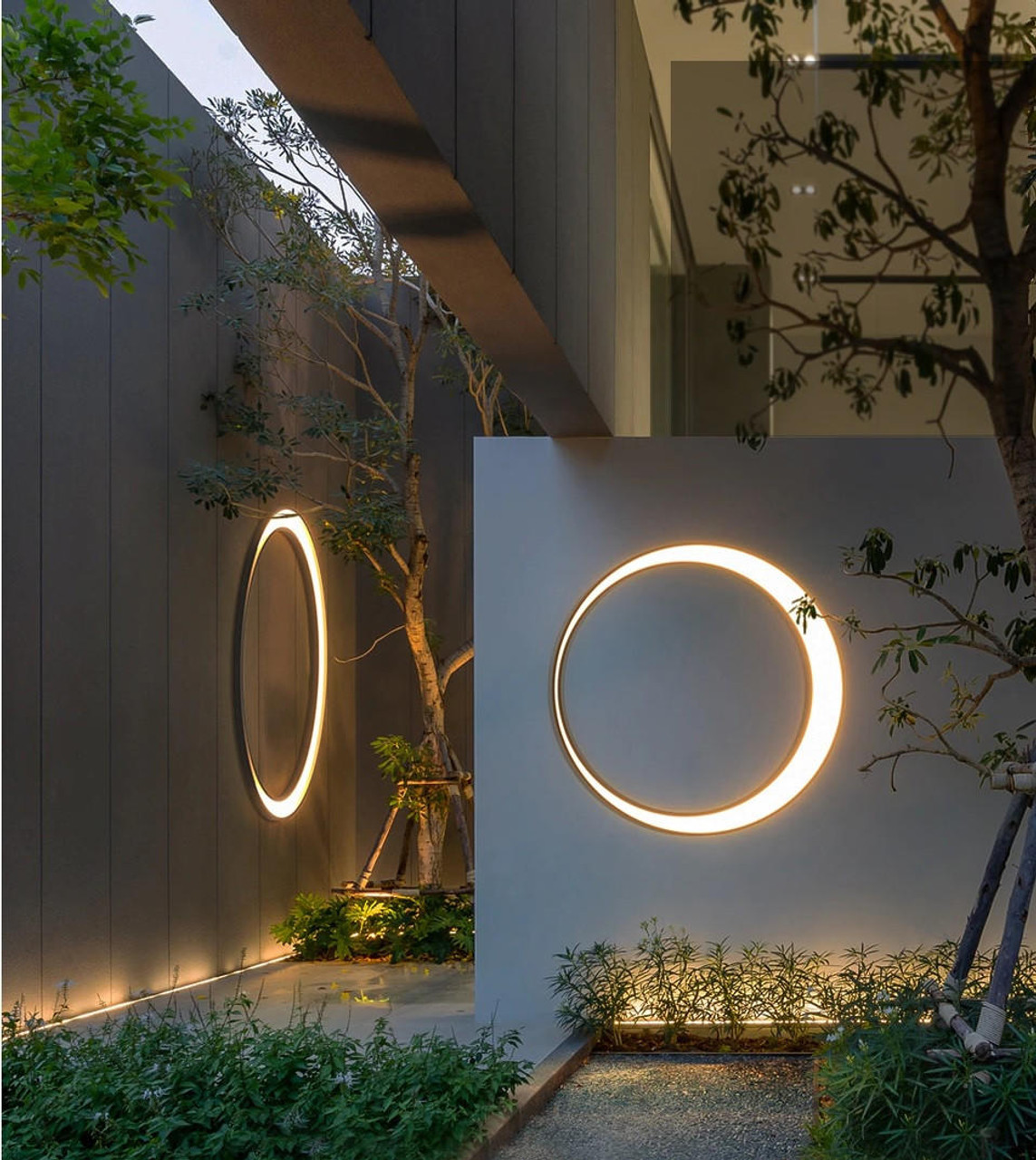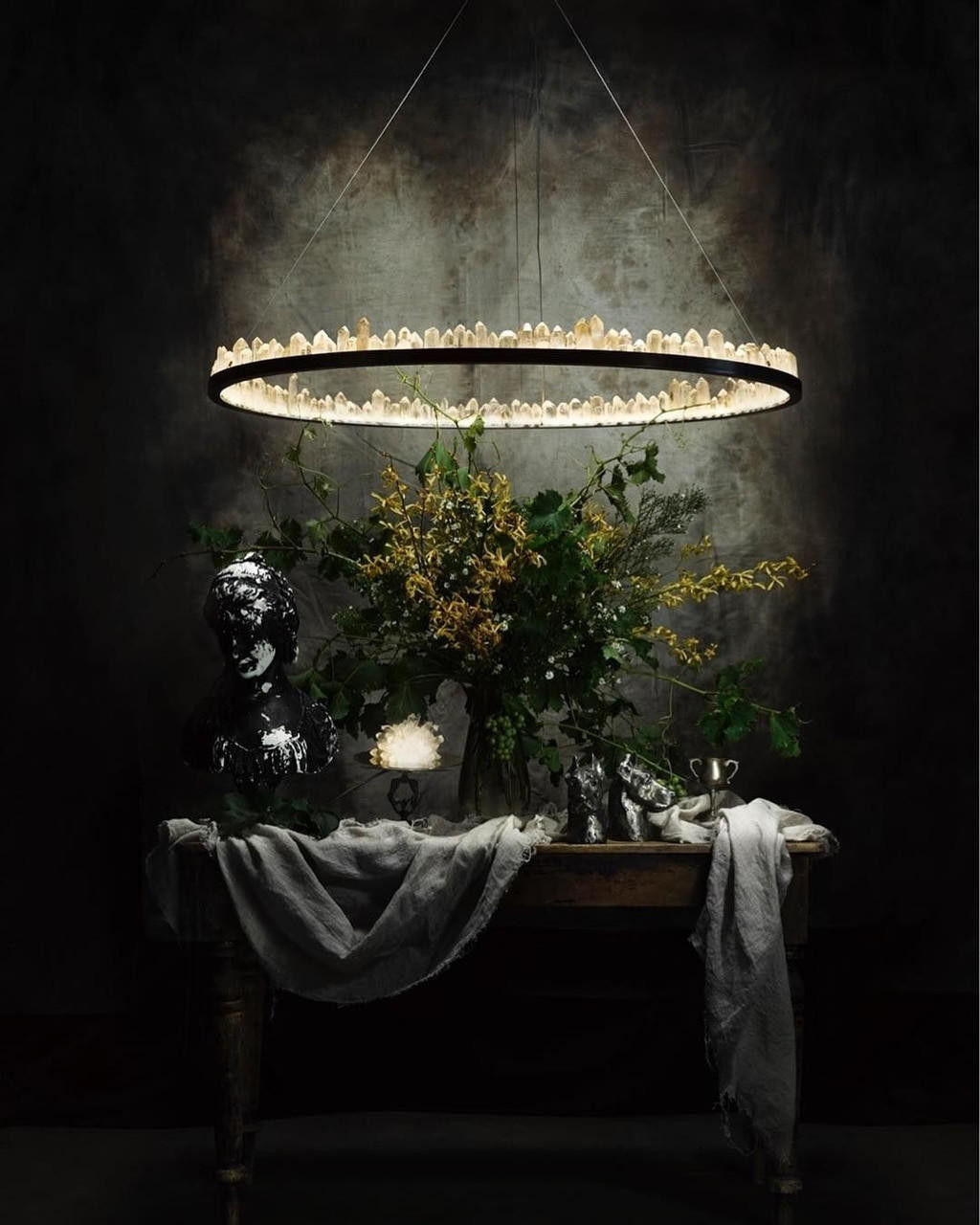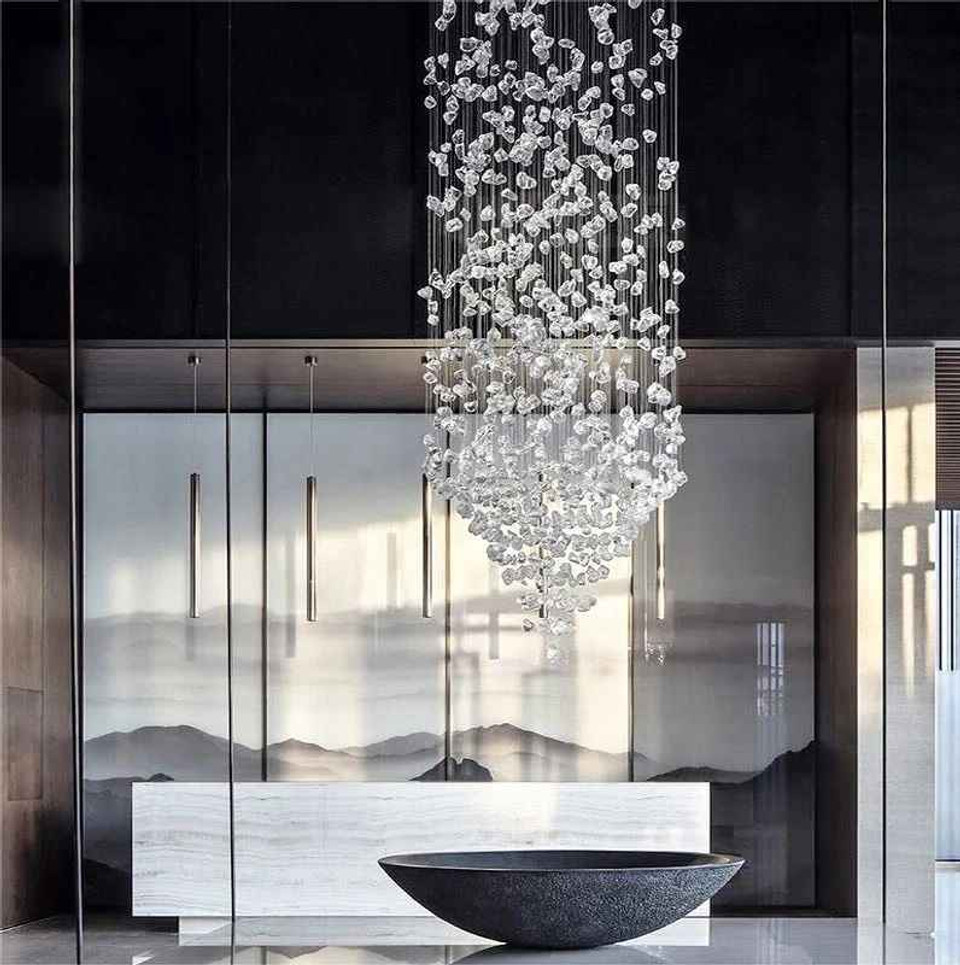The Significance of Yakisugi: Uncover the Aesthetic and Strength of This Wood in Modern Architectural Design
Posted by Dr Martin Graythwaite - Architecture PhD / MPhil on 4th Sep 2024
In 18th-century Japan, in a small coastal town in the Seto Inland Sea, fishermen discovered an unusual technique for preserving the wooden planks used in their boats. They would char the surface of the wood, creating a layer of carbon that made it resistant to the elements—water, fire, and pests. Over time, this method of charring wood evolved from a utilitarian practice into a distinct form of art and architecture. Known as Yakisugi (or Shou Sugi Ban in the West), this ancient technique has resurfaced in modern architectural design, far from its humble beginnings.
Today, Yakisugi has been embraced by architects, designers, and builders around the world for its aesthetic beauty and extraordinary durability. But beyond the allure of its charred surface, the resurgence of Yakisugi speaks to something much deeper—a growing desire to reconnect with nature, honor traditional craftsmanship, and build sustainably in an era increasingly defined by climate change and environmental degradation.
In this way, Yakisugi represents more than just a material; it’s a philosophy. It’s a testament to the power of combining ancient techniques with modern innovation, and in doing so, it offers lessons for the future of architecture and design.
The Origins of Yakisugi: A Dance Between Fire and Wood
To understand the significance of Yakisugi, we must first go back to its origins in rural Japan. The name Yakisugi is derived from two Japanese words: yaki, meaning "to burn," and sugi, meaning "cedar." The technique involves charring the surface of cedar wood, which was abundant in Japan and valued for its lightweight and water-resistant properties.
At a glance, the idea of burning wood to make it more durable seems counterintuitive. After all, fire is typically seen as a destructive force. But in the context of Yakisugi, fire is a tool of transformation. When the surface of the cedar is exposed to intense heat, the outer layers of the wood carbonize, creating a protective barrier. This charred layer makes the wood resistant to rot, pests, and even fire itself—properties that are crucial in the often humid and rainy climate of Japan’s coastal regions.
The process of creating Yakisugi is meticulous and requires skill. Traditionally, the wood is cut into long planks, tied together in a triangular formation, and stood vertically. Fire is then introduced to the interior of the triangle, allowing the flames to char the planks evenly. The fire must be carefully controlled to ensure that the wood is burned just enough to create the protective layer but not so much that it weakens the wood's structure.
Once the wood has been sufficiently charred, the flames are extinguished, and the planks are cooled. The surface is then brushed to remove loose soot, and the wood may be treated with natural oils to enhance its color and durability. The result is a striking, textured surface that ranges in color from deep black to rich charcoal, with hints of metallic silver or bronze depending on the angle of the light.
Aesthetic Appeal: The Beauty in Imperfection
At the heart of Yakisugi’s appeal lies its aesthetic—an interplay of texture, color, and light that is at once rustic and refined. The charred surface of the wood has a natural, tactile quality that speaks to its organic origins, while its dark, almost black hue creates a sense of depth and mystery. It’s this contrast—the juxtaposition of natural and refined, ancient and modern—that has captivated architects and designers around the world.
The aesthetic philosophy behind Yakisugi is closely tied to the Japanese concept of wabi-sabi, which embraces imperfection and transience. In wabi-sabi, beauty is found in the natural wear and aging of objects, in their flaws and irregularities. Yakisugi, with its charred and textured surface, embodies this philosophy. The grain of the wood is accentuated by the charring process, creating a surface that is both imperfect and unique—no two planks of Yakisugi are exactly the same.
This aesthetic has found a new resonance in contemporary architecture, where the desire for minimalism and natural materials has led many designers to seek out alternatives to more industrial, synthetic materials like concrete and steel. Yakisugi, with its organic beauty and artisanal craftsmanship, offers a way to create spaces that feel warm, grounded, and connected to nature.
In a world increasingly dominated by mass-produced, homogeneous products, the uniqueness of Yakisugi stands out. It’s a material that invites you to touch it, to run your fingers over its surface, to appreciate the subtle variations in texture and color. In this way, Yakisugi is not just a building material—it’s an experience.
The Strength of Yakisugi: More Than Just a Pretty Face
But Yakisugi is not merely about aesthetics. Its true value lies in its extraordinary durability, particularly in environments where other materials might falter. The charring process that gives Yakisugi its distinctive appearance also enhances the wood’s structural integrity, making it an ideal material for exterior cladding, decking, and fencing.
One of the key advantages of Yakisugi is its resistance to decay. The carbonized surface of the wood acts as a natural preservative, protecting the wood from moisture and rot. This makes Yakisugi particularly well-suited to regions with high humidity or heavy rainfall, where traditional wood might deteriorate over time.
Moreover, Yakisugi is highly resistant to pests such as termites, which can be a significant issue in many parts of the world. The charred layer creates a barrier that deters insects from burrowing into the wood, effectively extending its lifespan without the need for chemical treatments or preservatives.
Perhaps most surprisingly, Yakisugi is also resistant to fire. While it may seem paradoxical, the charring process actually reduces the wood’s combustibility. The carbonized surface acts as an insulator, slowing the spread of flames and protecting the inner layers of the wood from catching fire. This fire resistance makes Yakisugi an attractive option in regions prone to wildfires, where traditional wooden structures might be at risk.
In an era where sustainability is paramount, the durability of Yakisugi represents a significant environmental benefit. By extending the lifespan of the wood, Yakisugi reduces the need for frequent replacement and maintenance, thereby lowering the overall environmental impact of a building. And because cedar trees grow relatively quickly and can be harvested sustainably, Yakisugi offers a renewable, eco-friendly alternative to more resource-intensive materials like concrete and steel.
Yakisugi in Modern Architecture: A Global Renaissance
While Yakisugi has deep roots in Japanese tradition, its resurgence in modern architecture is a global phenomenon. From private residences to public buildings, architects around the world are embracing Yakisugi for its aesthetic appeal, durability, and sustainability.
One notable example is the work of British architect Terunobu Fujimori, who has gained international recognition for his use of Yakisugi in contemporary design. Fujimori’s buildings, which often blend traditional Japanese techniques with modern forms, feature charred cedar cladding that creates a striking visual contrast against other materials like glass and metal. In Fujimori’s hands, Yakisugi becomes more than just a practical solution—it’s a statement.
In the United States, Yakisugi has been adopted by architects and designers seeking sustainable building solutions. Its use in high-end residential projects and commercial developments reflects a growing appreciation for natural materials that are both beautiful and durable. In cities like New York, where space is limited and sustainability is a key consideration, Yakisugi offers a way to create environmentally friendly structures that stand out from the urban landscape.
Even in Europe, where traditional wood construction has long been overshadowed by concrete and steel, Yakisugi is gaining traction. Scandinavian architects, in particular, have embraced the technique as part of their broader commitment to sustainability and biophilic design—a movement that seeks to bring nature into the built environment.
A Philosophy of Sustainability
At its core, Yakisugi represents a philosophy of sustainability. It’s a material that honors the natural world while offering a practical solution to the challenges of modern architecture. Unlike many industrial materials, which require significant energy and resources to produce, Yakisugi is made using a simple, low-energy process. The charring technique itself requires little more than fire and time, and the end product is a material that can last for decades with minimal maintenance.
Moreover, Yakisugi aligns with the growing trend toward biophilic design, which seeks to create spaces that foster a connection to nature. By using natural materials like wood, architects can create environments that promote well-being, reduce stress, and improve overall quality of life. In this sense, Yakisugi is not just a building material—it’s a tool for creating healthier, more sustainable spaces.
As the world grapples with the urgent need to reduce carbon emissions and build more sustainably, materials like Yakisugi offer a way forward. By drawing on ancient techniques and applying them in modern contexts, architects can create buildings that are not only beautiful and durable but also environmentally responsible.
Conclusion: The Timelessness of Yakisugi
In a world that often prioritizes speed and efficiency over craftsmanship and sustainability, Yakisugi stands as a reminder of the value of tradition. It’s a material that connects us to the past while offering solutions for the future—a material that embodies both beauty and strength.
As architects and designers continue to explore new ways to build sustainably, Yakisugi is likely to play an increasingly important role in shaping the future of modern architectural design. Its combination of aesthetic appeal, durability, and environmental benefits makes it a compelling choice for those looking to create structures that stand the test of time.
In the end, the significance of Yakisugi lies not just in its charred surface or its remarkable properties—it lies in its ability to remind us that, sometimes, the best way forward is to look to the past.





